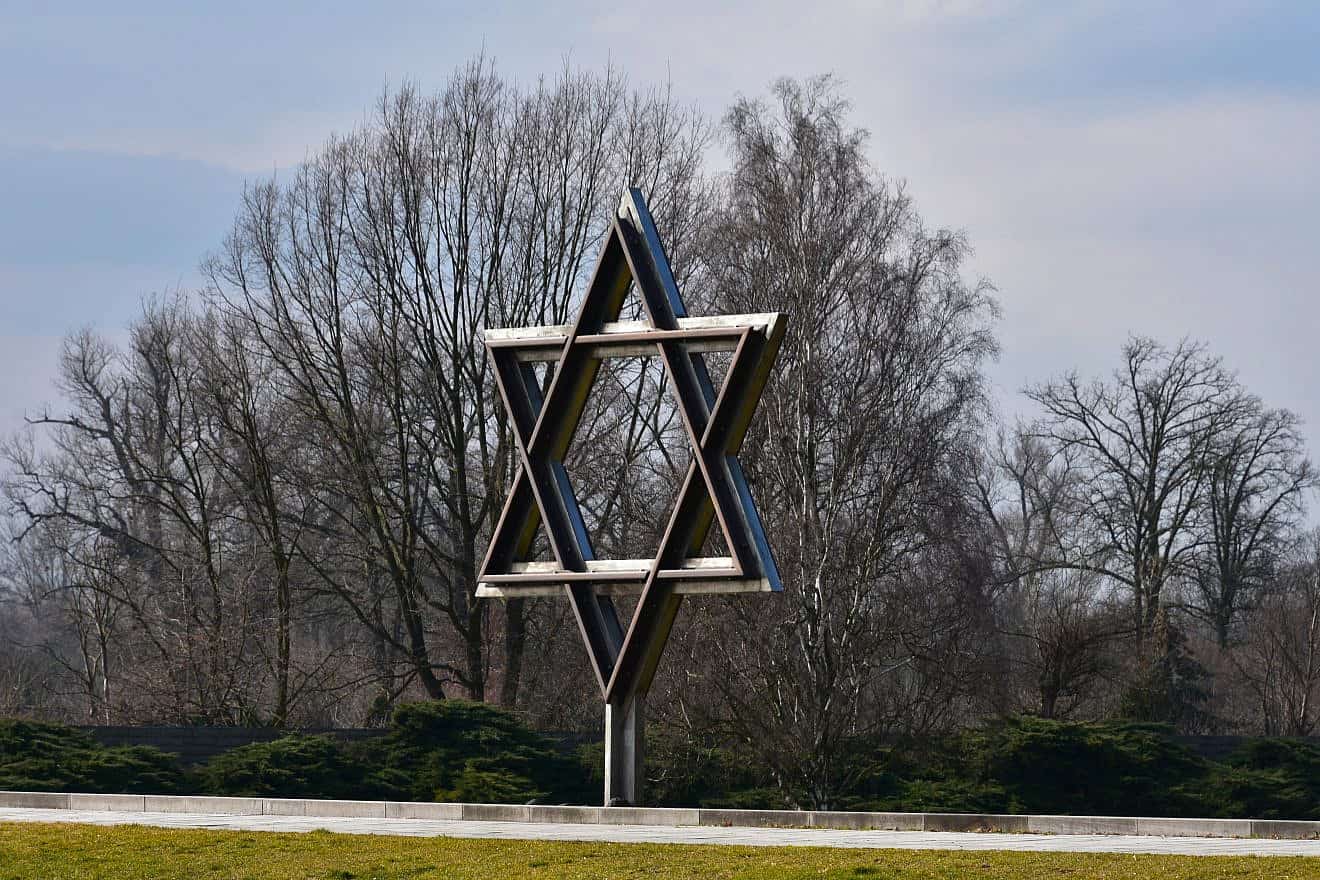The Czech government will spend 70.5 million euros ($74.5 million) in support of efforts to restore and defend the Terezin concentration camp (also known as Theresienstadt.)
The Nazis transported more than 140,000 Jews to Terezin’s ghetto in less than four years, using the ghetto as a hub to relocate victims to death camps.
The site also served as a vital component in Third Reich disinformation efforts, acting as the setting for a propaganda film intended to deceive the Red Cross into believing that conditions in concentration camps were acceptable. Footage shot by the Nazis showed prisoners smiling and participating in recreation like a soccer league. Today, neo-Nazis reuse these films for the same deceitful purpose.
In reality, 35,000 human beings died from starvation and brutal living conditions.
Changes in climate have taken a toll on Terezin’s buildings. Storms damaged the Dresden Barracks where Nazis imprisoned women with their children. The buildings’ decay has grown so serious that the facility has now even become dangerous to enter, requiring special permission, guides and even hard hats.
“Sites such as the Dresden Barracks are the key to remembrance, research and education; they hold the historical record of the Holocaust. With fewer survivors to look to for testimony, we rely heavily on sites to act as a living memory of the Holocaust,” said Katrin Meyer, secretary general of the International Holocaust Remembrance Alliance.
Meyer said that “protecting sites through restoration activities and ongoing care helps respect the dignity of Holocaust victims, protect the facts of what happened, and help current and future generations reflect upon its consequences.”


























